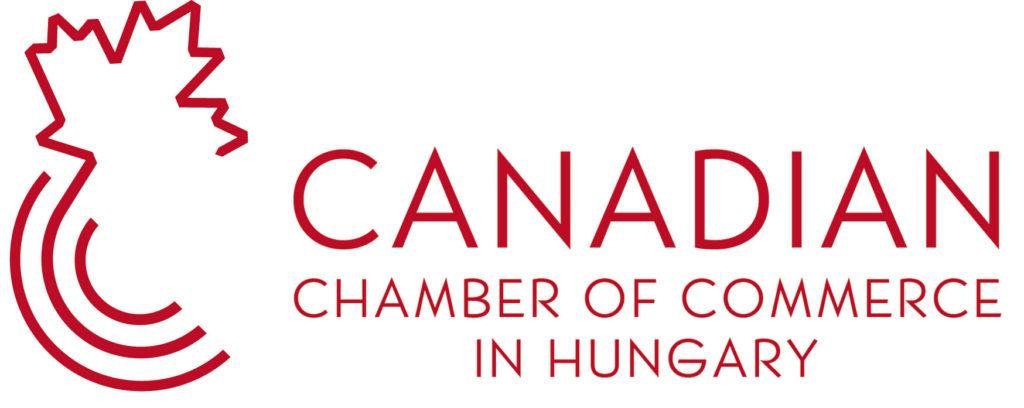Deloitte and independent analysts warn of short-term contraction and long-term vulnerability, as US tariffs and stalling business investment weigh on Canada’s growth prospects.
Slowing Momentum and a Fragile Recovery
Spring 2025 has brought renewed concerns over the stability and direction of Canada’s economy. According to Deloitte Canada’s latest economic outlook, the country is likely to experience a modest downturn in the second and third quarters of the year. While growth at the end of 2024 offers some buffer, the overall picture remains subdued. Deloitte projects annual GDP growth at just 1.2 per cent, reflecting the fragile balance between domestic resilience and mounting external pressures.
Business confidence is waning, investment levels are stagnating, and both private and public sector decision-making is increasingly cautious. This slowdown comes at a time when global demand patterns are shifting and inflationary pressures remain unresolved.
Trade Tensions Reignite as US Tariff Policy Looms
A major factor behind the muted outlook is growing uncertainty surrounding US trade policy. With the possibility of Donald Trump returning to the White House, concerns have resurfaced about the future of the Canada–United States–Mexico Agreement (CUSMA). Deloitte warns that the potential removal of CUSMA exemptions could permanently reduce Canadian GDP by up to 3 per cent by 2030, largely due to the loss of preferential access to the US market.
Recent developments have added to this uncertainty. Since June 2025, the United States has imposed new tariffs on Canadian exports — 25 per cent on automobiles, steel, and aluminum, and 50 per cent on certain industrial metals. Canada’s retaliatory measures have further complicated the trade environment. The result is an increasingly volatile landscape for Canadian exporters, particularly those in manufacturing sectors that are tightly integrated with US supply chains.
Employment and Inflation Pressures Mount
The effects of slower investment and disrupted trade are beginning to show in the labour market. Deloitte forecasts that unemployment could rise above 7 per cent in 2025, with little relief expected in the following year. Sectors most exposed to US tariffs, such as auto and metal manufacturing, are likely to experience the most pronounced job losses.
Meanwhile, inflation remains above the Bank of Canada’s target range of 2 per cent. Although a return to target is expected by late 2026, current levels continue to strain household budgets. The combined impact of reduced purchasing power and rising unemployment presents a challenge for sustaining domestic demand through the rest of the year.
Services Sector Weakens as Confidence Drops
Beyond manufacturing and trade, Canada’s services sector is also showing signs of contraction. In March 2025, the S&P Global Services PMI fell to 41.2 — the lowest reading since June 2020 — reflecting a sharp decline in new business activity. Analysts attribute this drop to a combination of tariff uncertainty, delayed investment decisions, and broader global economic caution.
The weakness in services is especially concerning given the sector’s importance to Canada’s overall economic performance. A prolonged downturn here could amplify the effects of the external trade shock and further slow recovery prospects.
Implications for Hungarian and EU-linked Businesses
The current environment has significant implications for European firms with Canadian exposure, particularly in export-oriented or supply chain-intensive industries. Hungarian companies operating in Canada or considering market entry should closely monitor developments in North American trade relations. If CUSMA carve-outs are removed, Canadian subsidiaries of EU firms may face reduced competitiveness when serving the US market.
At the same time, the uncertainty may push Canada to strengthen trade diversification strategies, potentially opening doors for closer ties with the EU and Central and Eastern Europe. Sectors such as cleantech, life sciences, and digital innovation which are less dependent on North American integration may offer new collaboration opportunities.
Outlook
As Canada moves through a year marked by policy volatility and geopolitical risk, its economy remains highly sensitive to trade developments and investor sentiment. Whether the current tightrope walk leads to a downturn or a renewed path toward diversification will depend in part on decisions made in Washington. For Hungarian and Canadian businesses alike, this is a moment for strategic caution — and for identifying long-term opportunities in a shifting global economic order.
For the latest updates and insights on Canadian-Hungarian economic relations and merely Canadian economic news, follow the Canadian Chamber of Commerce in Hungary accross our platforms.
Written for the Canadian Chamber of Commerce in Hungary News Section as part of our ongoing coverage of developments affecting Canadian trade, economy and international partnerships, June 2025

